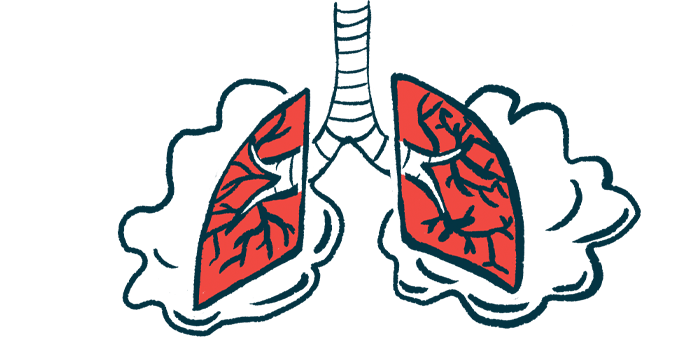Lungs of COPD Patients May Get Locked in Pro-regenerative State

High levels of the progenitor marker LGR6 in lung samples of chronic obstructive pulmonary disease (COPD) patients may lock the lungs in a pro-regenerative state and ultimately trigger the exhaustion of lung progenitor cells, a study reports.
According to researchers, this ultimately limits the ability of the lungs to regenerate, possibly contributing to the progression and worsening of COPD.
The study, “Increased LGR6 Expression Sustains Long-Term Wnt Activation and Acquisition of Senescence in Epithelial Progenitors in Chronic Lung Diseases,” was published in the journal Cells.
Resident lung progenitor cells are important for tissue regeneration following damage. However, persistent activation of these progenitor cells can lead to their exhaustion and senescence, a cellular state characterized by a halt in cells’ proliferation, leading to a reduction in tissue’s regenerative abilities.
The Wnt signaling pathway is critical for the maintenance of progenitor cells, but also has been shown to trigger a senescent state. While recent studies suggest that Wnt signaling also is active in COPD, its impact on disease progression remains unclear.
To learn more, researchers at KU Leuven, in Belgium, and their colleagues evaluated the levels of a cell surface protein, called leucine-rich repeat-containing G-protein coupled receptor 6 (LGR6), in lung samples of 15 COPD patients and seven healthy individuals, who served as controls. LGR6 is a stem cell marker that acts as a promoter of canonical Wnt signaling.
While they detected no LGR6 in healthy lung tissue samples, its levels were increased in scarred areas harboring signs of inflammation in COPD. Also, high LGR6 was present in narrowed airways areas and damaged bronchioles, as well as in certain immune cells.
In agreement with previous studies, LGR6 was detected in two types of epithelial lung progenitor cells, called club and basal cells, in areas with damaged bronchioles and narrowed airways. LGR6 also was found in alveolar type 2 progenitor cells.
Since the LGR6-Wnt signaling pathway has been linked to senescence, researchers then evaluated the levels of senescent markers in LGR6-positive epithelial lung progenitor cells.
This analysis revealed that LGR6-positive lung progenitor cells from COPD lungs had increased activity of the senescence-associated beta-Galactosidase (SA-beta-Gal) marker when compared with healthy cells.
Other senescence-associated markers, including p16INK4A and p21CIP1, also were elevated in COPD lung samples compared with those from healthy individuals.
“LGR6+ progenitors expressing senescence-associated markers were found in proximity to fibrotic [scarring] alveolar areas and damaged bronchioles,” the researchers wrote.
Overall, these findings suggest that, in COPD, the activation of progenitor LGR6-positive cells and the trigger of a pro-regenerative program “results in a chronic signalling that fosters the acquisition of a senescent phenotype [behavior] and the exhaustion of lung epithelial progenitors,” they wrote.
Researchers noted that additional lab studies will be required to clarify the exact underlying mechanisms.







